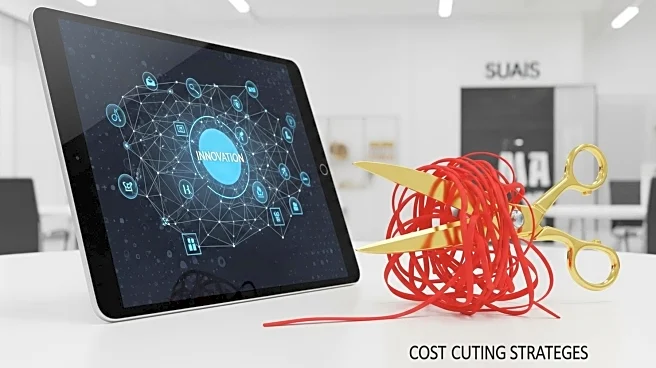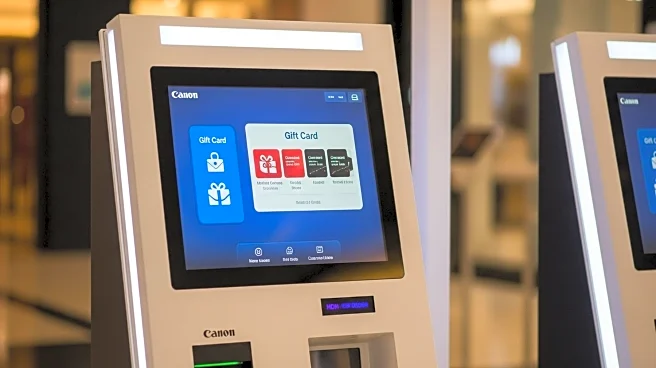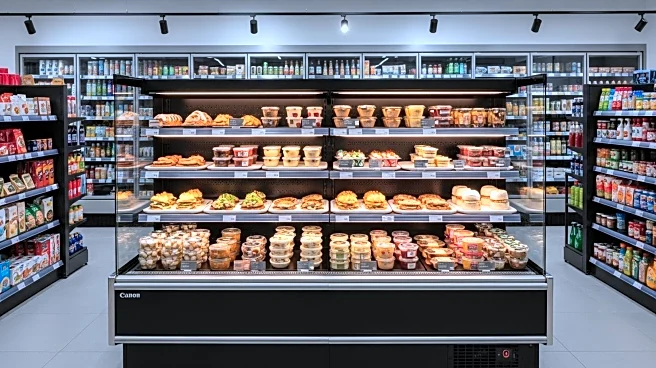What's Happening?
Retail CIOs are facing economic pressures in 2025, including inflation and cautious consumer spending, which are prompting a reevaluation of IT investments. The challenge is to reduce costs without hindering innovation, a balance that is crucial for maintaining competitive edge. Strategies include optimizing the 'run vs. change' mix in IT budgets, automating processes to reduce labor costs, and embedding AI governance to ensure compliance and accountability. Quick-win innovation projects are prioritized to deliver fast ROI, and program management offices are established to eliminate budget drains and ensure enterprise value delivery.
Why It's Important?
The ability to cut costs while fostering innovation is vital for retailers to remain competitive in a challenging economic environment. By reallocating resources and automating processes, retailers can improve customer experience and operational efficiency. This approach not only saves costs but also enhances the ability to attract and retain customers, which is crucial for growth. The strategic use of AI and automation can lead to significant improvements in productivity and customer satisfaction, making it a key factor in the retail industry's future success.
What's Next?
Retail CIOs are expected to continue refining their strategies to balance cost reduction with innovation. This includes further integration of AI and automation, exploring new vendor partnerships, and optimizing multi-cloud environments to manage costs effectively. Collaboration with CFOs will be crucial to align IT investments with business outcomes, ensuring that technology initiatives deliver the expected value. As economic pressures persist, retailers will need to adapt and innovate to maintain their market position.











